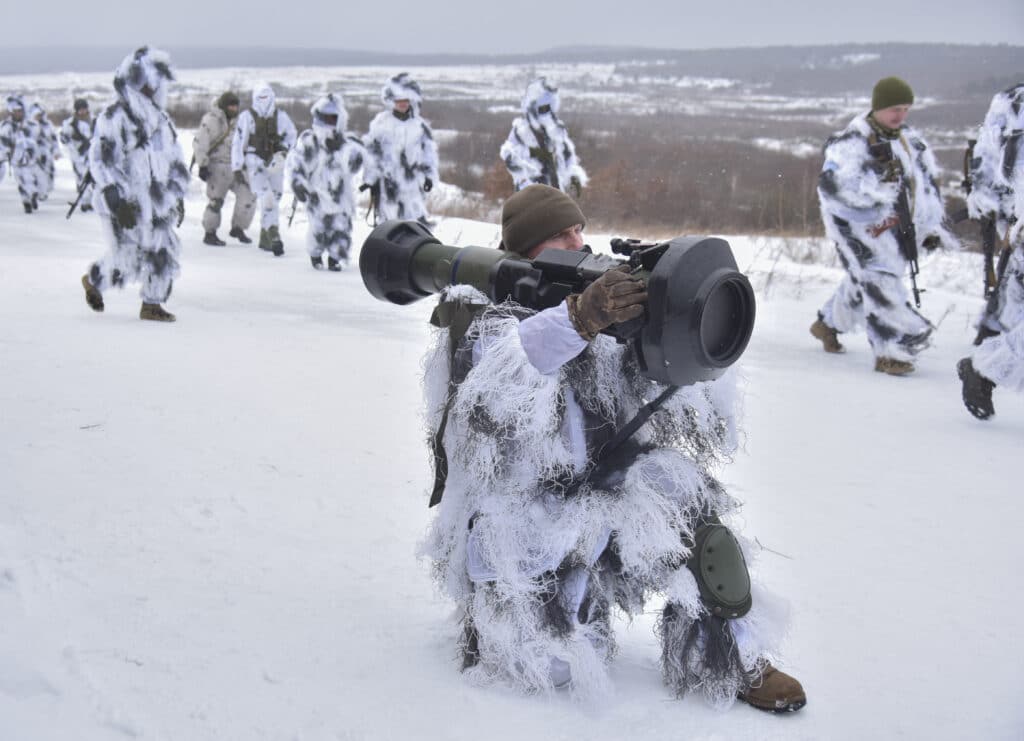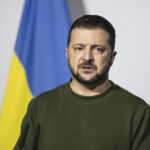During a Pentagon news conference, Defense Secretary Lloyd Austin listed off the various actions Russia may take against Ukraine. There are enough troops amassed on its border with Ukraine that the country could easily seize Ukrainian cities and “significant territories.” The Associated Press has the story:
Russia’s 100,000 troops on the border with Ukraine could easily take over parts of Ukraine
WASHINGTON (AP) — Defense Secretary Lloyd Austin said Friday the buildup of Russian forces along Ukraine’s border has reached the point where President Vladimir Putin now has a complete range of military options, including actions short of a full-scale invasion.
“While we don’t believe that President Putin has made a final decision to use these forces against Ukraine, he clearly now has the capability,” Austin told a Pentagon news conference.
In Moscow, the Kremlin said Putin told French President Emmanuel Macron that the West has failed to take Russian security concerns into account, and Russian Foreign Minister Sergey Lavrov told a radio interviewer that Russia doesn’t want war but sees no room for compromise on its demands.
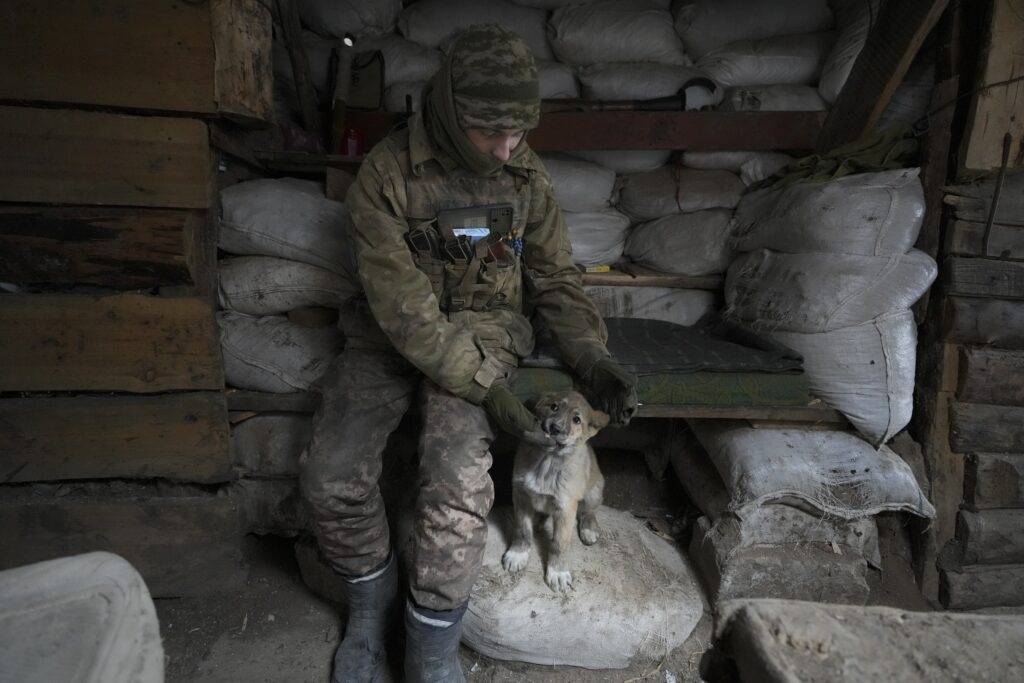
Austin said Putin could use any portion of his force of an estimated 100,000 troops to seize Ukrainian cities and “significant territories” or to launch “coercive acts or provocative political acts” like the recognition of breakaway territories inside Ukraine. He urged Putin to de-escalate the tensions.
Austin spoke alongside Army Gen. Mark Milley, chairman of the Joint Chiefs of Staff, who said Russian forces near Ukraine include not only ground troops and naval and air forces but also cyber and electronic warfare capabilities, as well as special operations forces. He urged Putin to choose a diplomatic path over conflict.
“If Russia chooses to invade Ukraine, it will not be cost-free, in terms of casualties and other significant effects,” Milley said. He was referring to Russian costs, while also noting that Ukraine’s armed forces are more capable today than in 2014 when Russia seized Ukraine’s Crimean Peninsula and intervened in support of pro-Russian separatists in the eastern industrial heartland.
The comments by Austin and Milley were their first extensive public statements about Ukraine this year. The news conference itself marked a subtle shift in the administration’s approach to public communications about the months-long Ukraine crisis, which until now has focused on the White House and Secretary of State Antony Blinken, who has spearheaded the administration’s diplomatic efforts. Milley and Austin have consulted regularly in recent weeks with their counterparts in allied countries and in Ukraine but have revealed little about the content of those communications or about their views of the crisis.
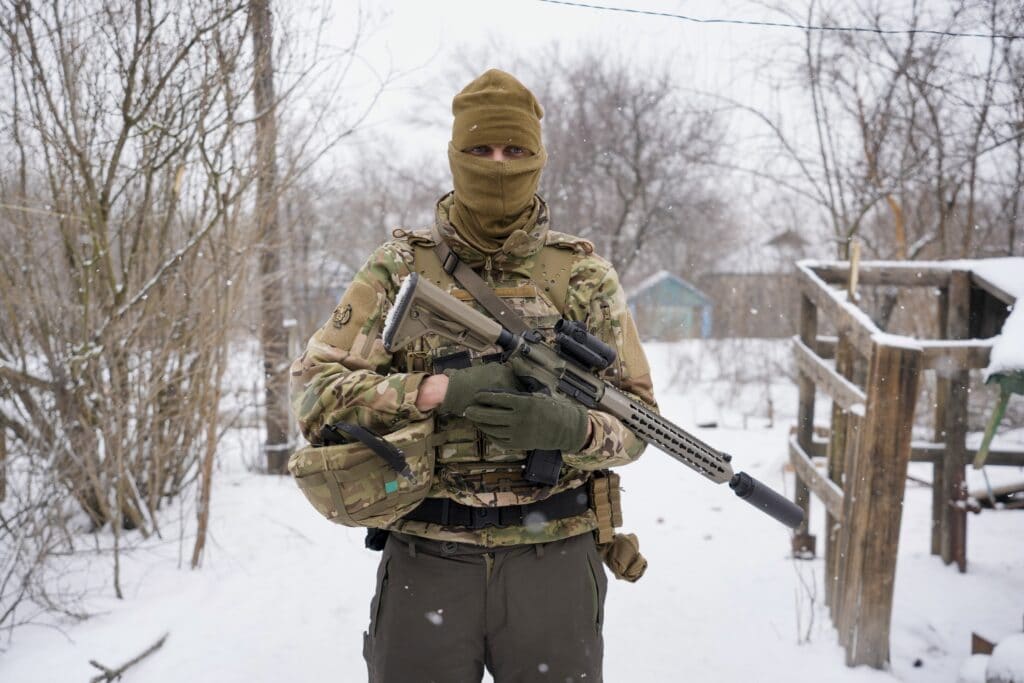
Earlier Friday, the Kremlin said Putin told French President Emmanuel Macron that the West has failed to consider Russia’s key conditions of halting further NATO expansion, stopping the deployment of alliance weapons near Russian borders, and rolling back its forces from Eastern Europe.
The U.S. and NATO formally rejected those demands this week, although Washington outlined areas where discussions are possible, offering hope that there could be a way to avoid war amid the troop buildup near Ukraine.
Despite that, U.S. President Joe Biden on Thursday warned Ukrainian President Volodymyr Zelenskyy that there is a “distinct possibility” that Russia could take military action against the former Soviet state in February. Russia has repeatedly denied having any such plans.
Zelenskyy, however, sought to play down the war fears, saying Western alarm over an imminent invasion has prompted many investors in the country’s financial markets to cash out.
“We don’t need this panic,” he said at a news conference. “It cost Ukrainians dearly.”
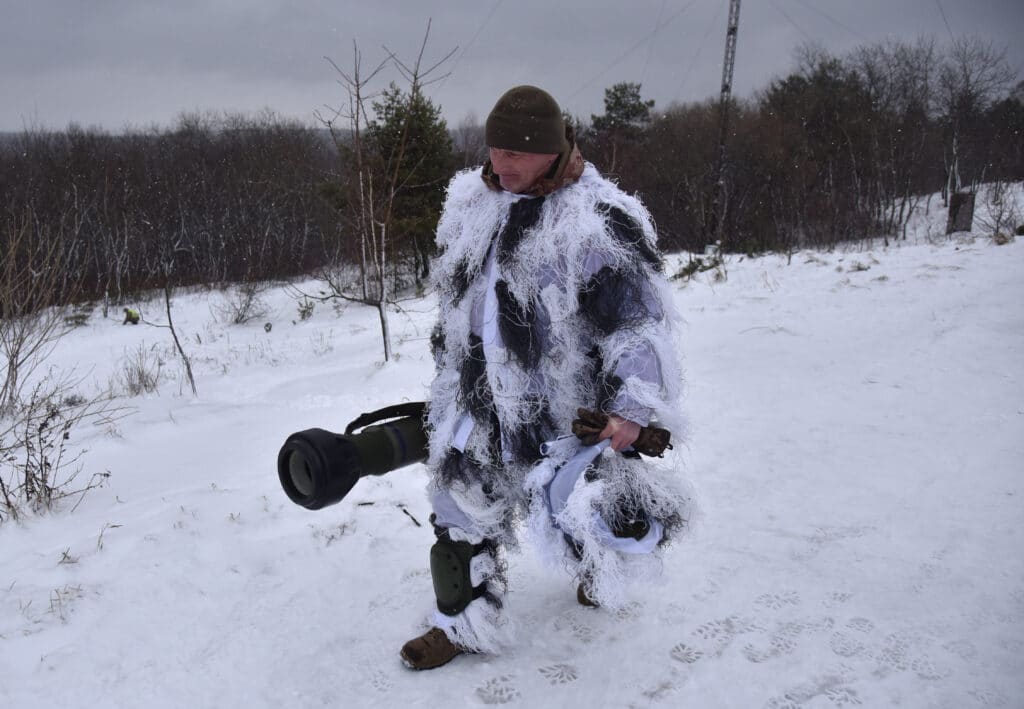
Putin told Macron that Moscow will study the U.S. and NATO response before deciding its next move, according to a Kremlin account of their call. Earlier in the day, Putin held a weekly meeting of his Security Council, saying only that it would address foreign policy issues.
Putin has made no public remarks about the Western response, but Foreign Minister Sergey Lavrov said it leaves little chance for reaching agreement.
“While they say they won’t change their positions, we won’t change ours,” Lavrov told Russian radio stations in a live interview. “I don’t see any room for compromise here.”
“There won’t be a war as far as it depends on the Russian Federation, we don’t want a war,” he added. “But we won’t let our interests be rudely trampled on and ignored.”
A senior Biden administration official said the U.S. welcomed Lavrov’s comments that Russia does not war, “but this needs to be backed up with action. We need to see Russia pulling some of the troops that they have deployed away from the Ukrainian border and taking other de-escalatory steps.” The official spoke on condition of anonymity because he was not authorized to talk publicly.
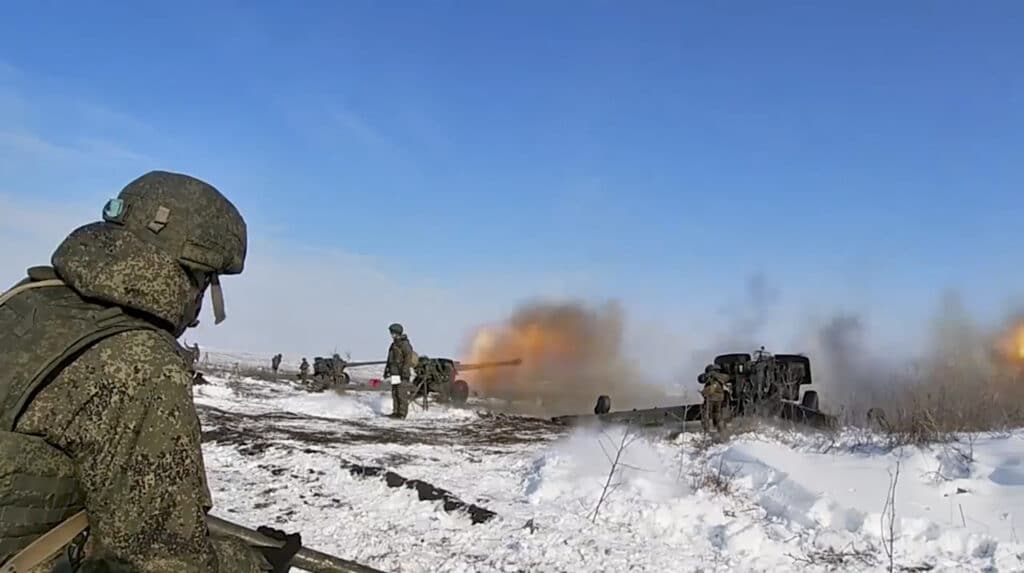
Lavrov said the U.S. suggested the two sides could talk about limits on the deployment of intermediate-range missiles, restrictions on military drills and rules to prevent accidents between warships and aircraft. He said that Russia proposed discussing those issues years ago — but Washington and its allies never took them up on it until now.
While welcoming Washington’s offers on confidence-building measures, he argued they are secondary to Russia’s main concerns on NATO. He noted that international agreements say that the security of one nation must not come at the expense of others — and that he would send letters to ask his Western counterparts to explain their failure to respect that pledge.
“It will be hard for them to wiggle out from answering why they aren’t fulfilling the obligations sealed by their leaders not to strengthen their security at the expense of others,” he said, referring to a document signed at a 1999 summit of the Organization for Security and Cooperation in Europe.
Washington has warned Moscow of devastating sanctions if it invades Ukraine, including penalties targeting top Russian officials and key economic sectors. Asked about possible sanctions, Lavrov said Moscow had warned Washington that their introduction would amount to a complete severing of ties.
While Moscow and the West are mulling their next steps, NATO said it was bolstering its deterrence in the Baltic Sea region, and the U.S. ordered 8,500 troops on higher alert for potential deployment to Europe.
Russia has launched military drills involving motorized infantry and artillery units in southwestern Russia, warplanes in Kaliningrad on the Baltic Sea, and dozens of warships in the Black Sea and the Arctic. Russian troops have also headed to Belarus for sweeping joint drills, raising Western fears that Moscow could stage an attack on Ukraine from the north. The Ukrainian capital is just 75 kilometers (50 miles) from the border with Belarus.
Belarusian President Alexander Lukashenko said there will be no war unless Belarus or Russia come under attack and accused the West of trying to “drown our Slavic brotherhood in blood.”
“The leaders of some countries have gone mad, they think they can win that war,” he said. “But there will be no victory, we will all lose.”
Despite the alarming rhetoric, Ukrainian officials have repeatedly tried to project calm.
Zelenskyy said the decision by the U.S., Britain, Australia, Germany and Canada to withdraw some of their diplomats and dependents from Kyiv was a “mistake.”
“Those were redundant steps that didn’t help,” he said.
He argued that internal destabilization poses the greatest risk to the country. He also bemoaned NATO’s failure to offer Ukraine a roadmap to membership, saying the alliance should state clearly if it doesn’t plan to embrace Ukraine and not offer vague promises.
“You say openly that you will never accept us. Why talk about the future?” he said.
Zelenskyy challenged the U.S. warnings of an imminent Russian attack, insisting “we aren’t seeing any escalation bigger than before,” and charging that the Russian troop concentration could be part of Moscow’s attempts to exert “psychological pressure” and sow panic.
Ukrainian Defense Minister Oleksii Reznikov told parliament the number of Russian troops near Ukraine — about 130,000 — is comparable to Moscow’s military buildup last spring, when Moscow eventually pulled its forces back after massive exercises.
“We haven’t observed any events or actions of military character that significantly differ from what was going on last spring,” with the exception of the deployment to Belarus, Reznikov said.
Ukraine already is beset by conflict. Following the 2014 ouster of a Kremlin-friendly president in Kyiv, Moscow annexed Ukraine’s Crimean Peninsula and backed an insurgency in the country’s eastern industrial heartland. Fighting between Ukrainian forces and Russia-backed rebels has killed over 14,000 people, and efforts to reach a settlement have stalled.
By LOLITA C. BALDOR, VLADIMIR ISACHENKOV and YURAS KARMANAU
Karmanau reported from Kyiv, Ukraine, and Isachenkov reported from Moscow. Lori Hinnant in Paris, Edith M. Lederer at the United Nations and Nomaan Merchant in Washington contributed.

